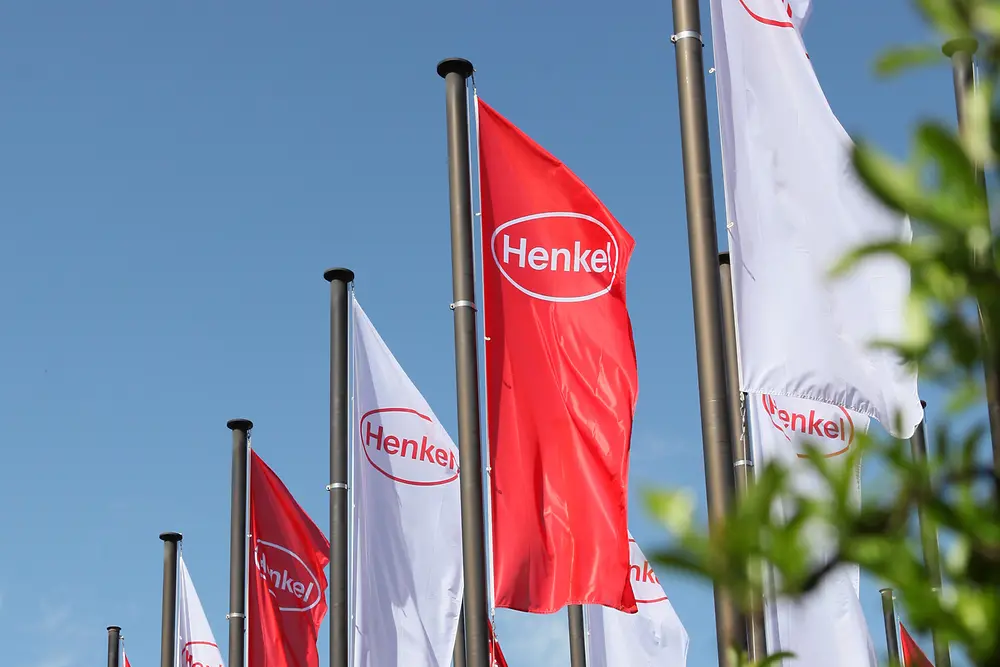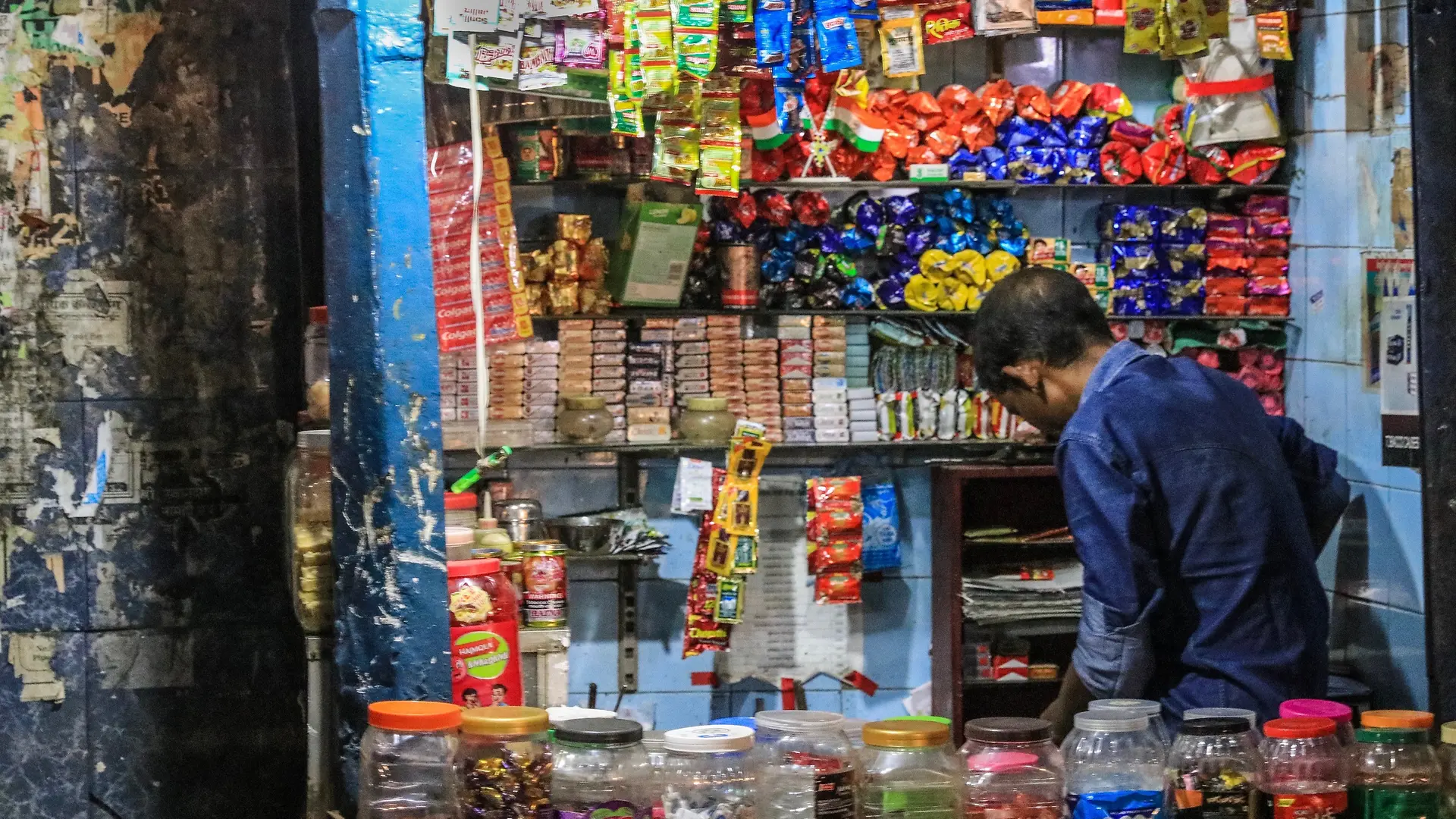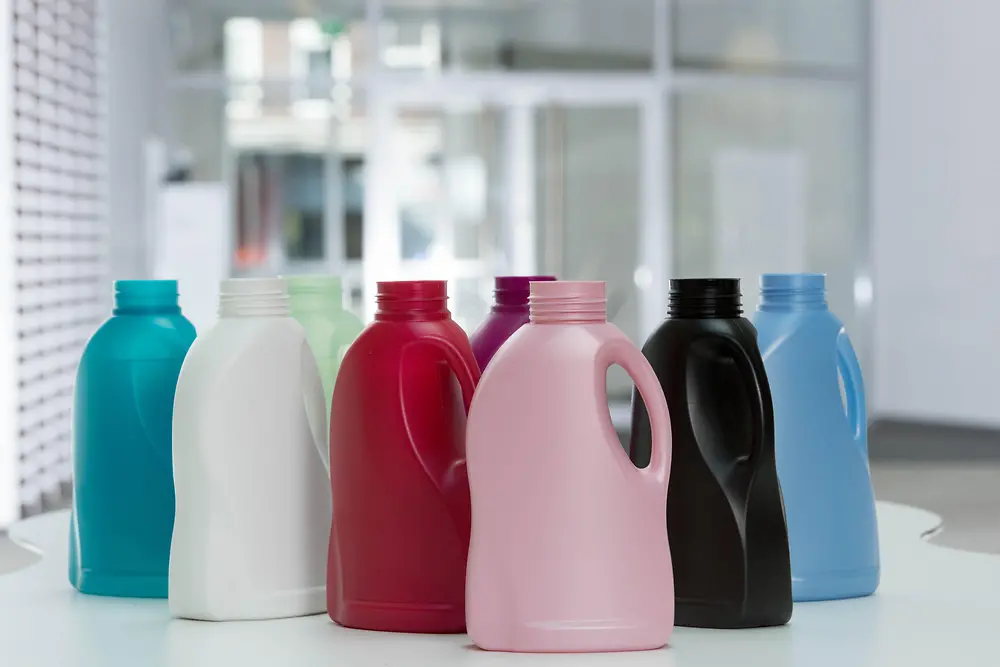I love going to India. It’s a country full of flavors with unique colors that can’t be matched anywhere else. The food is delicious and fresh, and while packaging is used, it’s nowhere near as proliferated as here in Europe. Is this something to be praised or condemned?
In our latitudes here in Europe – where food shortages are not widely prevalent – it’s easy to forget the importance of packaging, and it’s even easier to rally against it altogether. In emerging countries where hunger is a very serious issue, though, packaging can become a matter of life or death. India, for example, was recently ranked 102 out of 117 on the Global Hunger Index. But 63 percent of food is lost after harvest in Southern and Southeastern Asia each year, due in part to lack of packaging. It sounds simple, but packaging is truly one of the deciding factors when it comes to extending the shelf life of food – ensuring it reaches the consumer before it spoils. And this is true no matter where you are in the world.
So, it might seem strange that someone who works in Circular Economy would be championing packaging, but the truth of the matter is that plastic is a necessary and valuable material. It’s not about demonizing plastic, rather it’s about recognizing its value and understanding what it takes to keep it in the loop.
What do I mean when I talk about circular economy? It essentially means minimizing resources and energy by extending the lives of products and recycling initiatives. Sounds easy enough, but what does it take to create a truly circular economy? Without fundamental redesign and innovation, about 30 percent of plastic packaging will never be reused. And this is exactly where adhesives can play a decisive role.


















